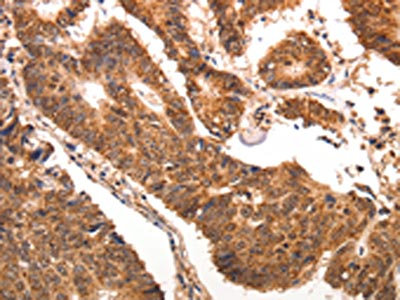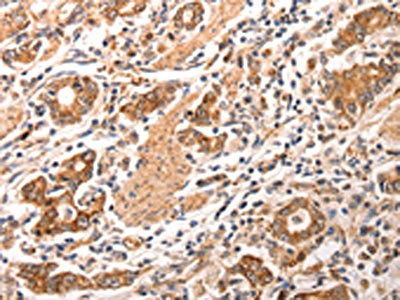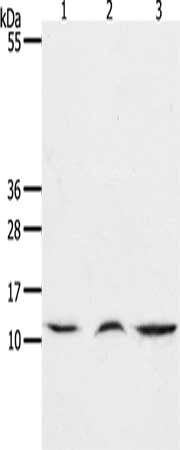Alternative Names
A-152E5.3 antibody; A152E53 antibody; ABCD 2 antibody; ABCD2 antibody; C-C motif chemokine 17 antibody; CC chemokine TARC antibody; CCL17 antibody; CCL17_HUMAN antibody; Chemokine CC Motif Ligand 17 antibody; MGC138271 antibody; MGC138273 antibody; SCYA17 antibody; Small Inducible Cytokine A17 antibody; Small Inducible Cytokine A17 Precursor antibody; Small Inducible Cytokine Subfamily A (Cys Cys) antibody; Small Inducible Cytokine Subfamily A (Cys Cys) Member 17 antibody; Small-inducible cytokine A17 antibody; T Cell Directed CC Chemokine antibody; Thymus and activation regulated chemokine antibody; Thymus and activation-regulated chemokine antibody
Species Reactivity
Human,Mouse
Immunogen
Synthetic peptide of Human CCL17
Immunogen Species
Homo sapiens (Human)
Purification Method
Antigen affinity purification
Concentration
It differs from different batches. Please contact us to confirm it.
Buffer
-20°C, pH7.4 PBS, 0.05% NaN3, 40% Glycerol
Tested Applications
ELISA,WB,IHC
Recommended Dilution
| Application |
Recommended Dilution |
| ELISA |
1:2000-1:5000 |
| WB |
1:500-1:2000 |
| IHC |
1:100-1:300 |
Storage
Upon receipt, store at -20°C or -80°C. Avoid repeated freeze.
Lead Time
Basically, we can dispatch the products out in 1-3 working days after receiving your orders. Delivery time maybe differs from different purchasing way or location, please kindly consult your local distributors for specific delivery time.
Usage
For Research Use Only. Not for use in diagnostic or therapeutic procedures.






